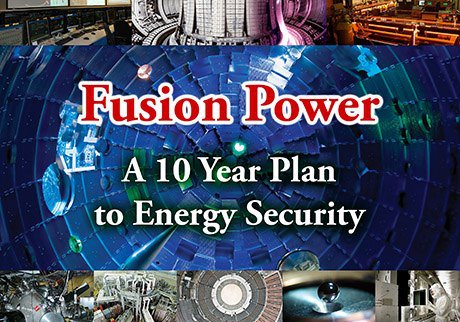
Nuclear Fusion – Possible at Last?
John Daly of OilPrice.com wrote on article on the prospects of fusion power, marking the 27th anniversary of the Chernobyl nuclear meltdown in the Ukraine. Daly notes that while nuclear fission has been a mainstream source of power for decades, catastrophic events – though rare – pose significant safety concerns. Moving forward, fusion power holds much greater promise. Daly looks at the ITER project, an internationally-backed fusion experimental reactor under construction, as the next step in fusion power. From the article:
But the Chernobyl catastrophe is not forgotten in Ukraine, where last month Ukrainian Minister Mykola Azarov participated in commemorative events of the accident, which released radiation equivalent to 500 Hiroshima atomic bombs, while President Viktor Yanukovych said the total cost of the incident for his country over the last 27 years has been almost $180 billion.
But now, another aspect of potential nuclear power generation from the atom seems poised to take a giant leap forward, with potentially enormous implications for the entire issue of civilian nuclear power generation.
The potential way out?
Nuclear fusion, which instead of using the heat from breaking apart radioactive elements and isotopes to use the resultant temperatures to drive steam powered turbines, would instead attempt to reproduce the nuclear processes fueling stars to generate power instead from the fusion energy generated by lighter elements combining.
The quest is well known, having been around since the dawn of the nuclear age, but the physics have precluded significant research.
Until now.
To read the full article, click here.





